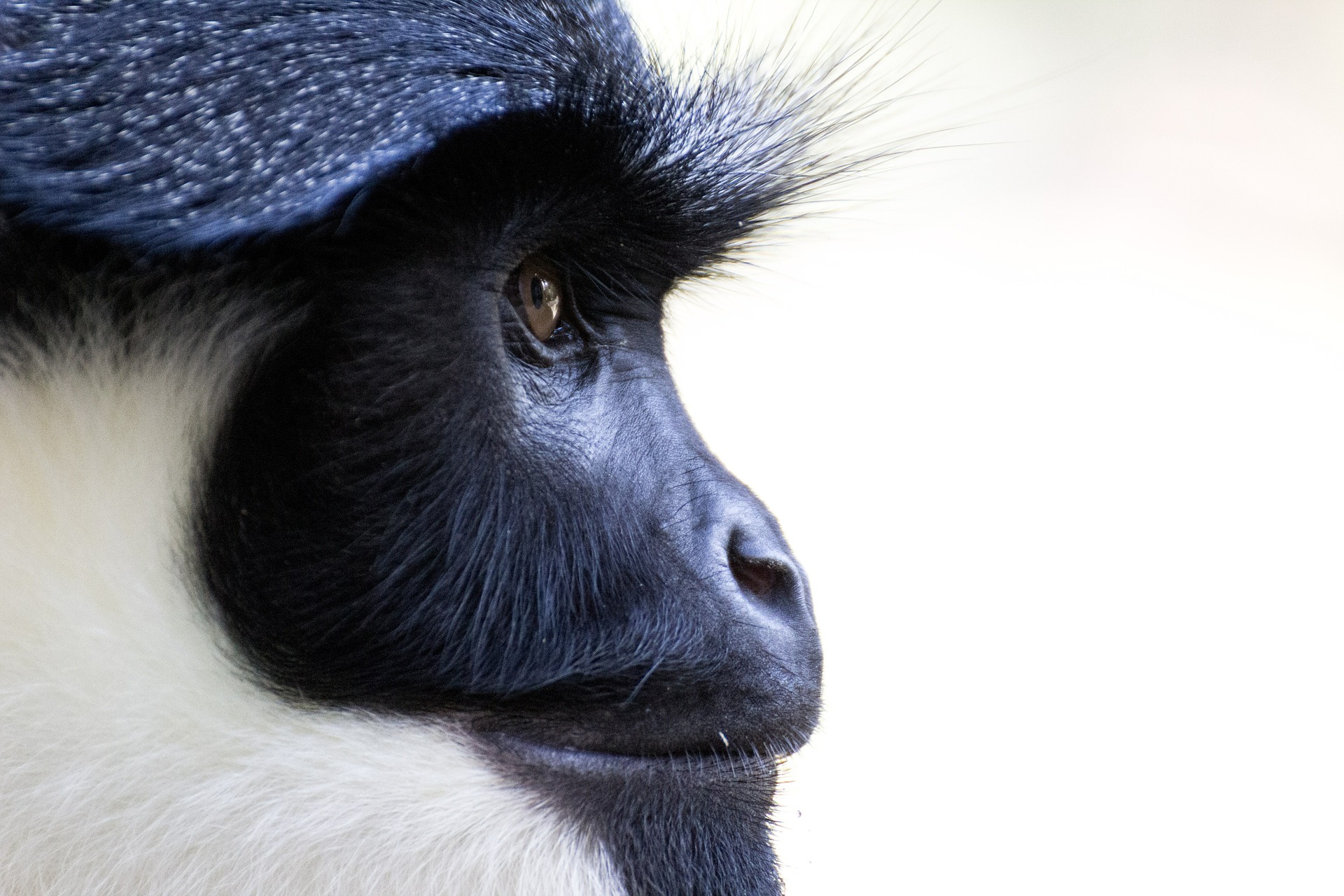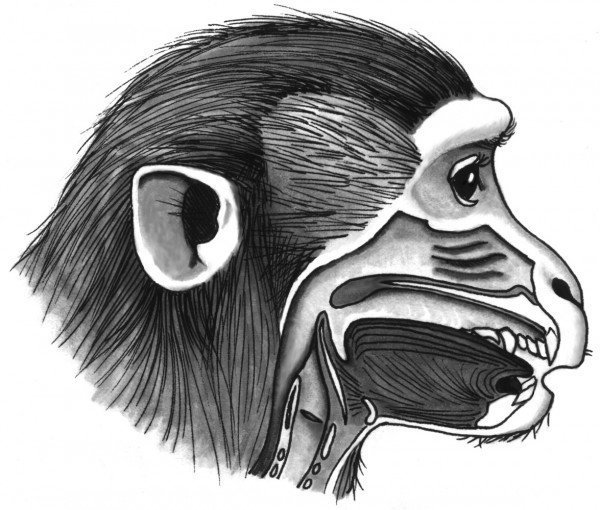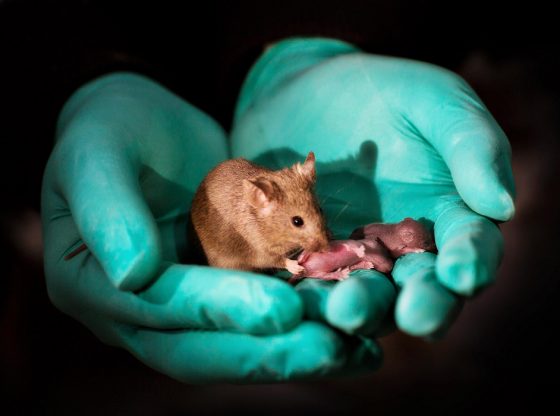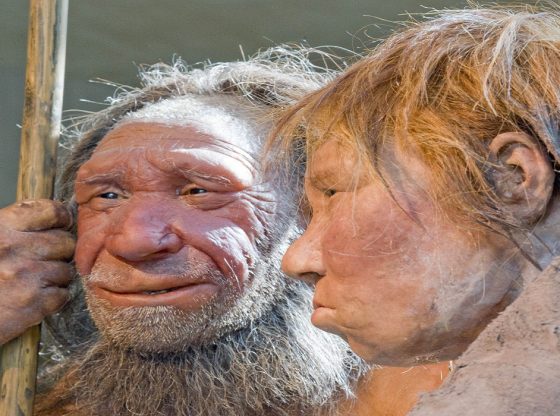Why can neither apes nor monkeys learn to speak? This question has long occupied researchers, and a new study shows that the answer is probably found in the monkey’s brain.

A team of scientists at the University of Vienna studied the vocal tracts of macaques using X-ray and then developed a computer model to examine if the range of possible movements is sufficient enough to express human vocal sounds.
The answer turned out to be yes, these macaques have an anatomy that in theory would make it possible for them to produce sounds that are similar to human speech. And the findings should also apply to other African and Asian ‘Old World monkeys’.

Credit: Tecumseh Fitch/University of Vienna
The study adds to a growing body of evidence that some primates can mimic or generate rudimentary sounds needed for human-speech-like communication.
It also suggests that human speech stems mainly from the unique evolution and construction of our brains, and is not linked to vocalization-related anatomical differences between humans and primates,
Other research indicates that monkeys do possess the intellectual capacity to be able to express themselves in a speech-like manner but that the difference between humans and our primate relatives might just be that our brains can learn and execute the necessary motor acts involved in speech.
The difference could probably be found in the neocortex, a part of the mammalian brain that in humans are involved in higher functions such as sensory perception, generation of motor commands, spatial reasoning, conscious thought, and in humans, language.
The paper ‘Monkey vocal tracts are speech-ready’ was published Dec. 9 in the journal Science Advances.
Reference:
W. Fitch, et al. Monkey vocal tracts are speech-ready. Science Advances 2016. DOI: 10.1126 / sciadv.1600723











![OpenAI. (2025). ChatGPT [Large language model]. https://chatgpt.com](https://www.illustratedcuriosity.com/files/media/55136/b1b0b614-5b72-486c-901d-ff244549d67a-350x260.webp)
![OpenAI. (2025). ChatGPT [Large language model]. https://chatgpt.com](https://www.illustratedcuriosity.com/files/media/55124/79bc18fa-f616-4951-856f-cc724ad5d497-350x260.webp)
![OpenAI. (2025). ChatGPT [Large language model]. https://chatgpt.com](https://www.illustratedcuriosity.com/files/media/55099/2638a982-b4de-4913-8a1c-1479df352bf3-350x260.webp)








